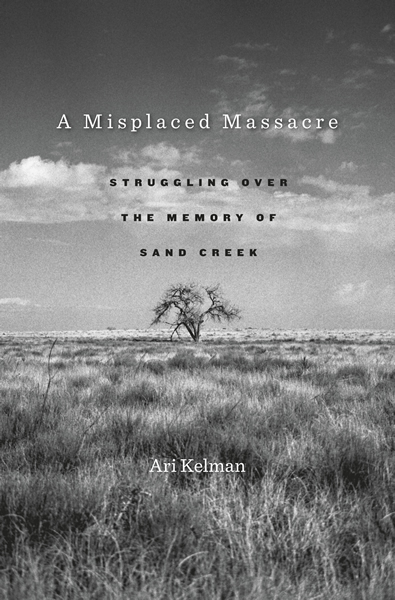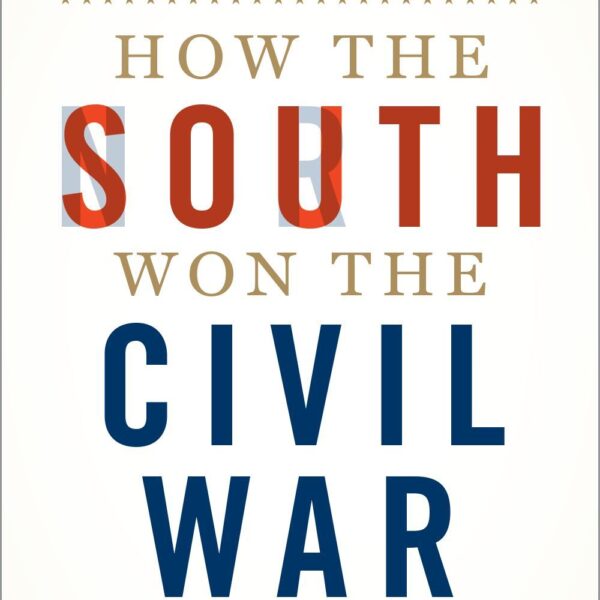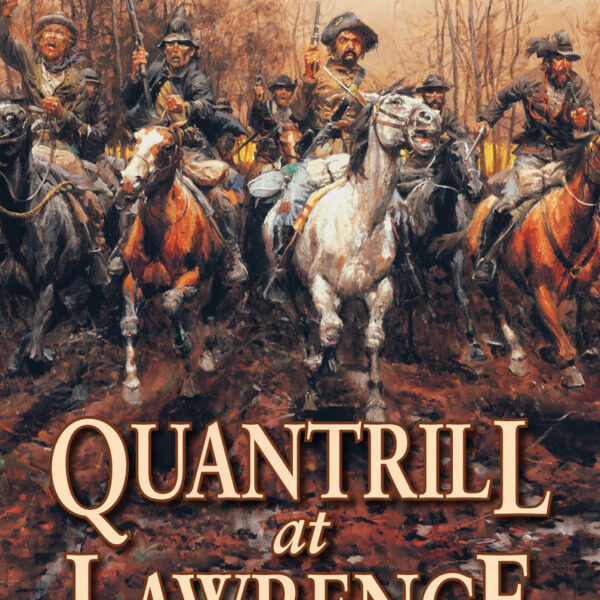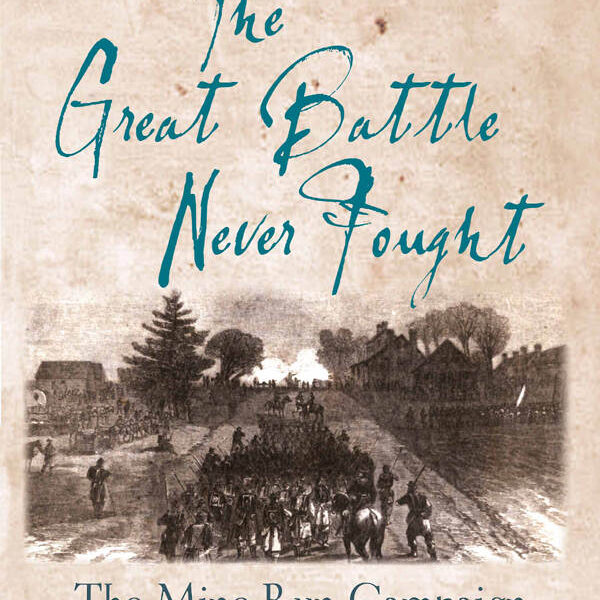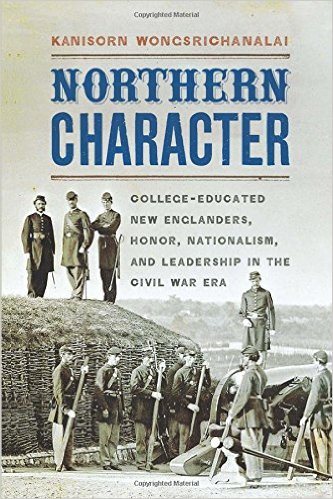November 29, 2014, will mark the 150th anniversary of the Sand Creek Massacre. On that day in 1864, elements of the 1st and 3rd Colorado volunteer regiments slaughtered more than 150 Cheyennes and Arapahoes—largely women, children, and elderly men—nominally under U.S. protection. Most Americans remember the event, if at all, as one of the more tragic episodes that punctuated the 19th-century Indian Wars. The meaning of Sand Creek has been contested since the moment it happened, however, and its connection to the Civil War is often forgotten. Ari Kelman himself confesses that when he first encountered the massacre as an undergraduate researcher, he considered it entirely unrelated to America’s fratricidal conflict over the fate of slavery. A Misplaced Massacre offers a corrective to that myopic view, which reflects the persistent tendency to place American Indians outside the central narrative of U.S. history. Far from an isolated aberration, Kelman argues, the Sand Creek Massacre forged “a bloody link between interrelated chapters of the nation’s history” (xi). That link is as clear—and as contentious—as the plaque on the Colorado Civil War Memorial listing Sand Creek as a battle in which state residents fought. Civil War enthusiasts will likely wish that he had made the connection even stronger, but they may forgive his bait-and-switch tactics after hearing what else he has to say. Written in a wry, journalistic style that hides its erudition, the book presents a powerful meditation on the politics of commemoration and the abiding tension between history and memory.
Kelman focuses less on the context and details of the massacre than on the rocky road to the establishment of the Sand Creek Massacre National Historic Site, which opened in 2007 after years of wrangling among tribal descendants, academic experts, federal bureaucrats, history buffs, and local residents. Kelman’s meticulous account of their deliberations continually revisits the 19th century, however, cycling back and forth across time to show how “participants’ views on contemporary developments could in part be traced back to the era of the massacre” (130). While this nonlinear approach may discomfit some readers, it effectively evokes both the elliptical nature of memory and the reciprocal influences of past and present on conflicting interpretations of Sand Creek. The book’s “nontraditional architecture” (x) also exposes the essential continuity of the arguments that critics and defenders of the massacre have lobbed at each other since 1864. Colonel John Chivington and his supporters trumpeted the attack on Black Kettle’s camp as a battle, a necessary and even glorious action in the service of Manifest Destiny. Chivington’s detractors looked to Captain Silas Soule, one of the dissenting officers who criticized his unit’s brutal conduct but not the larger goal of winning the West. George Bent, a “mixed-blood” Cheyenne survivor, went further in condemning the massacre as a grave blow to his people’s independence as well as a stain on American honor and a provocation to further bloodshed on the Great Plains. Throughout the memorialization process, these competing perspectives reappeared “like restless ghosts from the past, both informing and constraining the contemporary struggle to recall the violence” (8).
Lingering debate over the meaning of Sand Creek aggravated a serious disagreement about where the massacre had taken place. During the 1990s, the National Park Service became embroiled in a running fight among two local landowners, three Indian tribes, and their respective academic allies concerning the exact location of Black Kettle’s village. Kelman uses this multicultural melee to explore important questions of evidence, methodology, and authority in the reconstruction of historical events. Predictably, as the search for the site unfolded, tribal representatives squared off with non-Indian bureaucrats and scholars over the discrepancies between written accounts and oral histories of the massacre. The empirical methods of battlefield archaeology appeared to settle the dispute once and for all but only further antagonized some Indians, who resented what they perceived as the intellectual arrogance and disrespectful behavior of white scientists. Differing agendas also complicated efforts to resolve the controversy. For the Cheyennes, commemoration went hand in hand with compensation as “part of a broader project of revitalizing their tribes’ sovereignty and traditional culture” (158). Cheyenne leaders felt the need to defend their credibility and thus rejected evidence seen as contrary to their interests, whereas the Northern Arapahoes readily accepted NPS findings in order to secure a place at the table. Meanwhile, local property owners jockeyed for the largest possible payoff, NPS employees tried to keep everyone talking, and scholarly experts worked to burnish their credentials while maintaining the appearance of objectivity. Finally, in an eleventh-hour plot twist worthy of a Hollywood movie, a retired detective with a penchant for history solved the mystery and enabled the warring parties to split the difference.
Kelman displays remarkable skill and balance in negotiating this historical minefield. With sensitivity and insight, he maps the contested terrain of Sand Creek from multiple angles, giving each position due consideration without forsaking his own judgment as a scholar. Students of the Civil War will recognize his book’s kinship with the best recent studies of memory and memorialization in that field, most notably David Blight’s Race and Reunion. Kelman treads lightly on theory, however, and his contemporary emphasis and sardonic style give A Misplaced Massacre more in common with Tony Horwitz’s Confederates in the Attic or Michael Elliott’s Custerology. Readers seeking closer attention to the historical milieu that produced the Sand Creek Massacre may be disappointed with Kelman’s cursory treatment of such issues as sectionalism in Colorado, intra-governmental feuds over Indian policy, and the general reputation of volunteer units on the frontier. They may also wish for some illustrations and photographs from the period, perhaps juxtaposed with modern images, to show how the controversy surrounding Sand Creek played out in the visual sphere. These are minor quibbles, though, considering the structure of Kelman’s narrative and the contribution it makes to our understanding of the West’s unsettled place in Civil War iconography. As the United States observes the sesquicentennial of that conflict, we are constantly reminded that the mystic chords of memory can still sound inharmonious notes. Sand Creek is one of those, and Kelman deserves praise for bringing it to our attention at this moment, lest we forget that many Native Americans gave the last full measure of devotion to their own nations in the midst of the American Civil War.
Andrew H. Fisher is an Associate Professor of History at the College of William and Mary and author of Shadow Tribe: The Making of Columbia River Indian Identity (2010).
